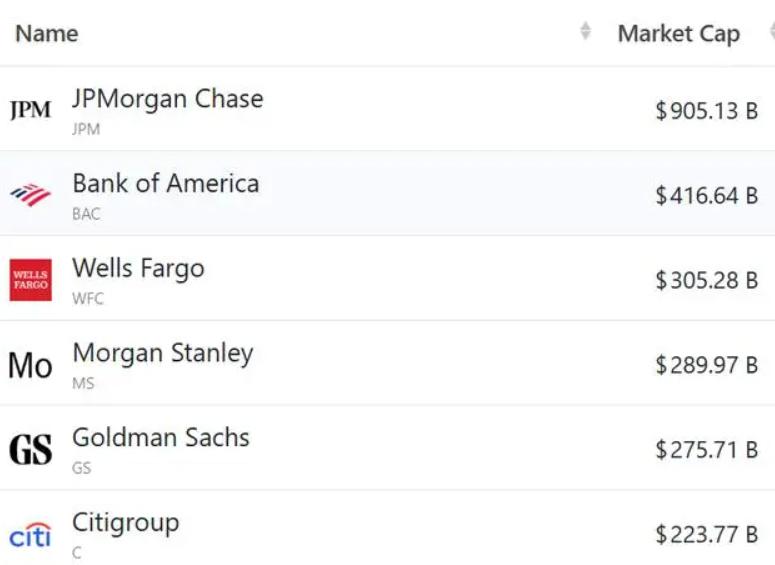
According to a recent report by Consumer News and Business Channel in the United States, as the "baby boomers" (referring to Americans born between 1946 and 1964) have retired or are nearing retirement, the problem of poverty among elderly Americans is intensifying. According to data from the Organization for Economic Cooperation and Development (OECD), approximately 23% of people aged 65 and above in the United States live in poverty, which puts the United States behind 30 out of 38 OECD member countries.
The exacerbation of poverty in the elderly is a concern and there is no better solution. American scholars believe that an increasing number of elderly people are falling into poverty, reflecting the increasingly serious racial gap, structural inequality, wealth inequality, age discrimination and other social issues in the United States. According to US media reports, many elderly people in the United States often express that factors such as high prices have led to a continuous increase in the cost of living, making it difficult for them to make a choice between food and medicine. Cinderella Phillips, a resident of Birmingham, Alabama, said she had hoped for a more relaxed life after retirement, but that's not the case. The rise in drug prices has forced many elderly people to reduce the frequency of taking life-saving drugs, and some are hesitant between buying medicine and food. Walter Cox, a resident of Tulsa, Oklahoma, can only rely on a monthly social security check of $765 to pay for bills. He said, "I really can't afford anything except for refueling, buying groceries, and paying for water and electricity, More and more elderly Americans are relying on part-time jobs to sustain their expenses. Teresa Giralducci, director of the Retirement Equity Laboratory at the New College of America, said that over one-third of the elderly population aged 65 and above in the United States are working part-time. Olivia Mitchell, a professor of business economics and public policy at the University of Pennsylvania, bluntly stated, "The exacerbation of poverty among elderly people is a concern and there is no good solution
The increasing poverty rate among elderly people in the United States has led to a continuous increase in the number of elderly homeless people. A study conducted by Professor Dennis Chulhane of the University of Pennsylvania in 2019 showed that from 2020 to 2030, the number of homeless elderly people will nearly double; By 2030, the number of homeless people aged 65 and above in the United States will increase from 40000 in 2019 to 106000. California has always been one of the most homeless areas in the United States. Data shows that from 2017 to 2021, the elderly population in California increased by 7%, but the number of homeless people aged 65 and above seeking support increased by 84%, more than any other age group. According to a report by the Public Broadcasting Corporation of the United States, as the "baby boomers" age, the impact of multiple economic downturns and the loopholes in the social security system have led to an increasing number of elderly people becoming homeless. The New York Times commented that the increase in poverty rates among the population aged 65 and above in the United States indicates that the lives of elderly people in the United States have been deteriorating in recent years. Andrew Reilly, a pension analyst at the OECD, said that there are many factors contributing to the increasing poverty problem among elderly people in the United States. It should be noted that the overall poverty rate in the United States has reached a higher level compared to other developed countries. According to a report released by the US Census Bureau in December last year, the poverty population in the United States was 37.9 million in 2021, with an official poverty rate of 11.6%. In the context of high overall poverty rates, poverty has naturally spread to the elderly population.
The deep-rooted racial gap is further highlighted in the issue of poverty among the elderly. A report released by the Congressional Research Service in December 2022 shows that in 2021, among elderly people aged 65 and above in the United States, the poverty rate for Hispanics reached 18.7%, for African Americans it was 17.8%, and for Asian Americans it was 16.7%, both of which were significantly higher than the poverty rate of 8% for white people. The structural inequality in American society has intensified, making poverty among the elderly more difficult to solve. A report by the international aid organization Oxfam points out that structural inequality has plunged millions of American working families into poverty, especially historically marginalized groups such as people of color, immigrants, refugees, and women. Matthew Desmond, a sociology professor at Princeton University in the United States, stated that many policies of the US government and businesses are beneficial to the wealthy, and the poor are becoming increasingly poor. Most government aid goes to the least needed families, and the United States does much more to subsidize the wealthy than to reduce poverty
The inherent flaws in the design of the US pension system further exacerbate wealth inequality. Ramsey Alwin, Chairman and CEO of the National Commission on Aging in the United States, stated that the rise in poverty among elderly people highlights the fact that the social security benefits in the United States, which serve as the cornerstone of retirement security for many people, are not sufficient to lift elderly people out of poverty. The retirement system in the United States has further exacerbated the problem of poverty among elderly people. According to professional analysis cited by American media, the United States has a large, complex, and highly fragmented social security and welfare system, but rarely provides universal and inclusive benefits. According to reports, the content and level of pension benefits in the United States depend on the employment status, income level, and asset ownership of the elderly. The inherent flaws in the design of the US pension system further exacerbate the polarization between rich and poor, leading to long-term poverty in the middle and lower classes, "said a professional.

Driven by the Trump administration's push to relax financial regulations and the recovery of investment banking business, the market value of the six major banks in the United States has cumulatively increased by approximately 600 billion US dollars by 2025.
Driven by the Trump administration's push to relax financia…
On Christmas evening, U.S. President Trump posted on social…
According to multiple foreign media reports, the recent fin…
The middle class, once regarded as the cornerstone of Ameri…
On December 19th local time, the US military launched a lar…
The Boxing Day sunshine should have cast a false glow of pr…